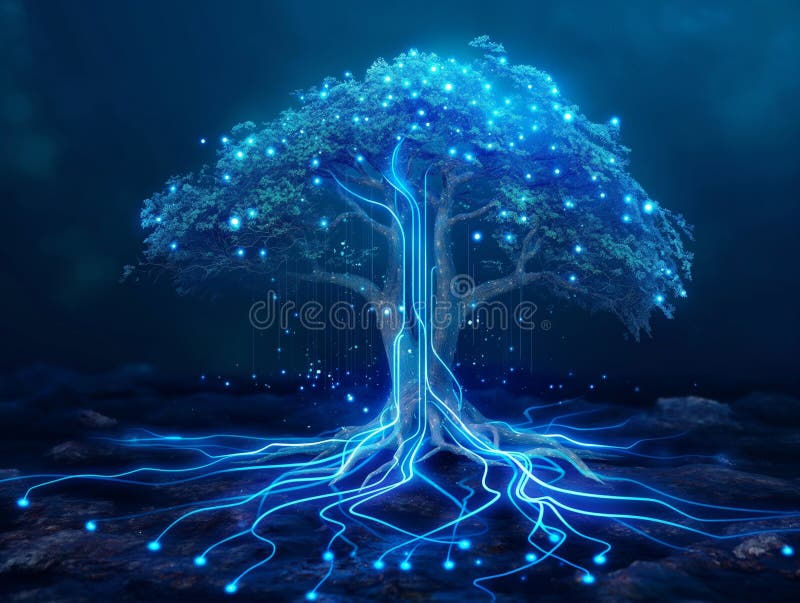The Harmony of Words and Wilderness: Unveiling Poetry's Connection to Nature
- Kellyjo Farner

- Jun 15
- 4 min read
Poetry and nature share a bond that is timeless and universal. The beauty of the natural world has inspired poets for centuries, acting as a powerful muse. This connection allows poetry to articulate our relationship with the environment, revealing profound meanings that resonate with everyone. From the calming rustle of leaves to the vibrant hues of a sunset, nature's elements compel us, inviting exploration into their depths.
The Essence of Nature in Poetry
Nature serves as a canvas where poets express their thoughts and emotions. Consider the writing of William Wordsworth, who often celebrated nature's beauty and its impact on the human spirit. For example, in his poem "I Wandered Lonely as a Cloud," Wordsworth captures the uplifting sight of daffodils, igniting feelings of joy and hope. Similarly, John Keats used descriptions of nature to explore themes of beauty and impermanence in works like "Ode to a Nightingale.”
Nature goes beyond being a mere backdrop; it becomes an essential part of the narrative in many poems. Poets intertwine human emotions with natural phenomena, prompting readers to reflect on their own experiences with nature. This connection deepens our understanding of life itself, illustrating how the external world shapes our inner landscapes.

Imagery and Sensory Experience
Imagery is one of poetry's greatest strengths. Vivid descriptions invite readers to visualize the beauty of nature. Take a moment to think about how a simple image of a sunrise can stir feelings of peace or hope. Poets often use sensory language—sight, sound, taste, touch, and smell—to enhance this connection.
For instance, when a poet describes the smell of fresh rain or the sound of waves crashing on the shore, they immerse us in the moment. Such sensory engagement can awaken memories and deepen our appreciation for nature. Studies show that spending time in nature can increase emotional well-being by up to 20%. That resonates with the feelings poets aim to capture.
Nature as a Reflection of Humanity
Poetry often mirrors human experiences through the lens of nature. Just as seasons shift, so do our emotions. Spring can embody renewal, while winter may prompt introspection or sadness. This reflection helps us realize that our feelings are part of a larger rhythm within nature.
For example, in Mary Oliver's poem "Wild Geese," she writes about the connection between our struggles and the natural world. By drawing parallels between our emotions and the changing seasons, poets articulate universal truths that resonate with readers. This understanding enriches our appreciation of poetry and encourages mindfulness about the cycles of life around us.

The Role of Nature Poets
Many poets have dedicated their work to exploring nature, such as Mary Oliver and Ralph Waldo Emerson. Their poetry often showcases the delicate interconnectedness of all living things. For instance, Emerson’s essay “Nature” emphasizes the importance of finding tranquility and inspiration in the natural world.
These poets inspire readers to actively engage with their surroundings. They encourage us to notice subtle details—like the way sunlight filters through branches or the soothing sound of a babbling brook. This mindful observation can foster a deeper connection with our environment, reminding us of our place within the ecosystem.
Poetry as a Catalyst for Environmental Awareness
The power of poetry extends to raising awareness about critical environmental issues. Through evocative language, poets can highlight pressing concerns like climate change, deforestation, and pollution. Their work often serves as a call to action.
Poets like Gary Snyder infuse their writing with nature themes, urging readers to reflect on their actions and relationship with the environment. In a 2022 survey, 74% of people expressed a desire for more educational content on environmental issues. Poetry can be a significant tool in fostering this awareness and connection.
The Personal Nature of Poetry
Everyone has a unique relationship with nature shaped by personal experiences. Poetry offers a personal platform for exploring these connections. Whether expressing joy at the sight of a blooming flower or sadness over a dying tree, individuals can convey their feelings through verse.
Writing poetry about nature can also cultivate gratitude. For example, jotting down thoughts after a hike can deepen appreciation for the beauty one encounters. It becomes an act of creation, allowing poets to share their encounters with nature in a meaningful way.

A Call to Embrace Nature through Poetry
The bond between poetry and nature is both profound and multi-layered. Through verse, we unveil our feelings toward the natural world, examine our connections, and highlight its fragility. No matter if you're an experienced poet or simply enjoy exploring words, engaging with poetry can help you reflect on the beauty of your surroundings.
As we navigate life, let us not overlook the sounds and sights of nature that spark creativity and insight. By embracing this harmony of words and wilderness, we do more than appreciate poetry—we commit to preserving the environment we cherish.
So, take a moment to gather your thoughts and express what nature means to you. The beauty of the world is waiting for your words.




Comments